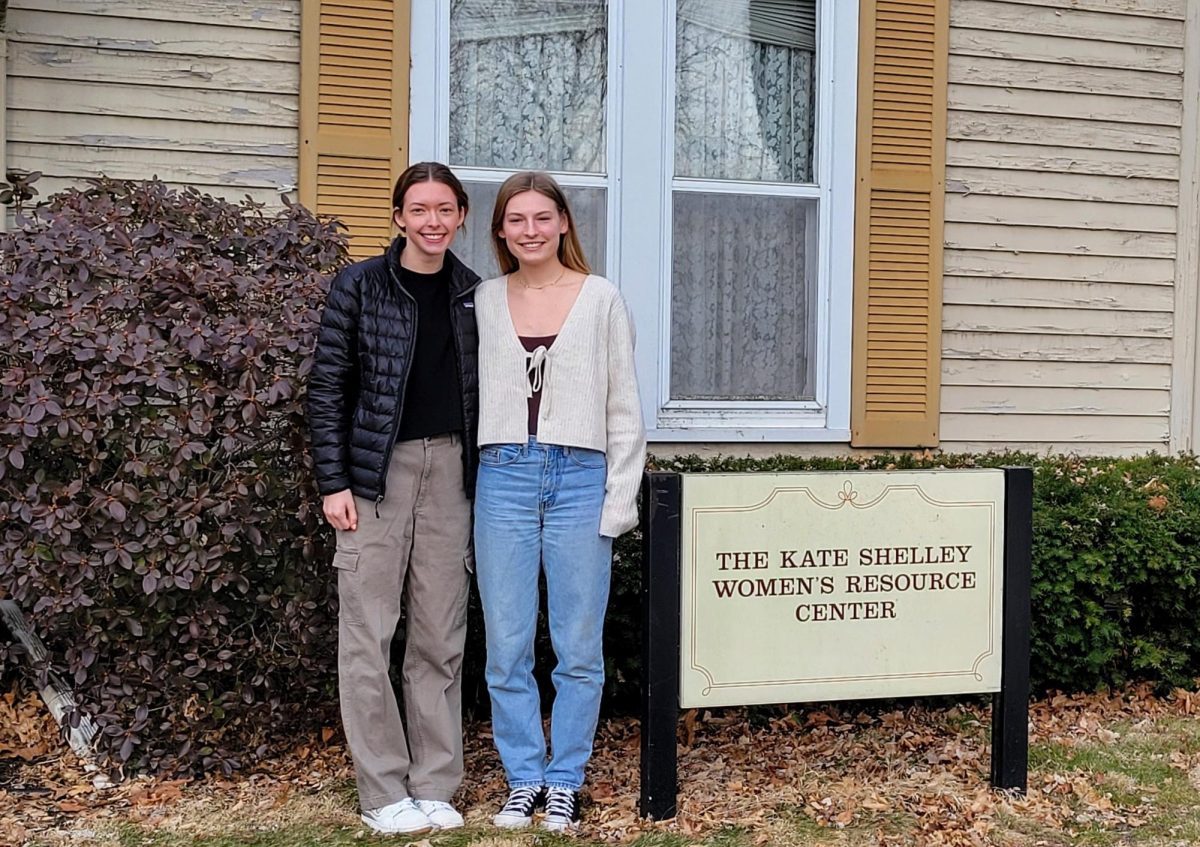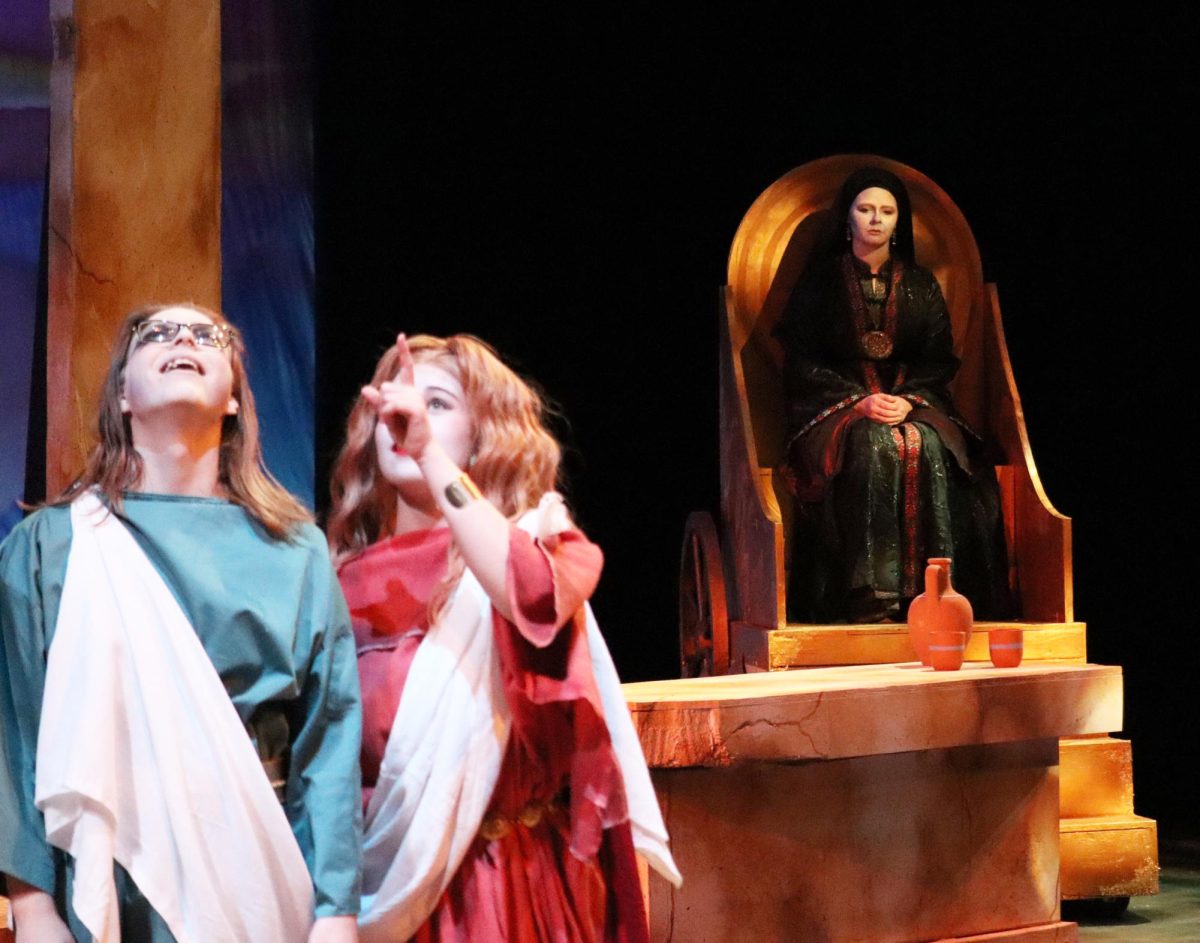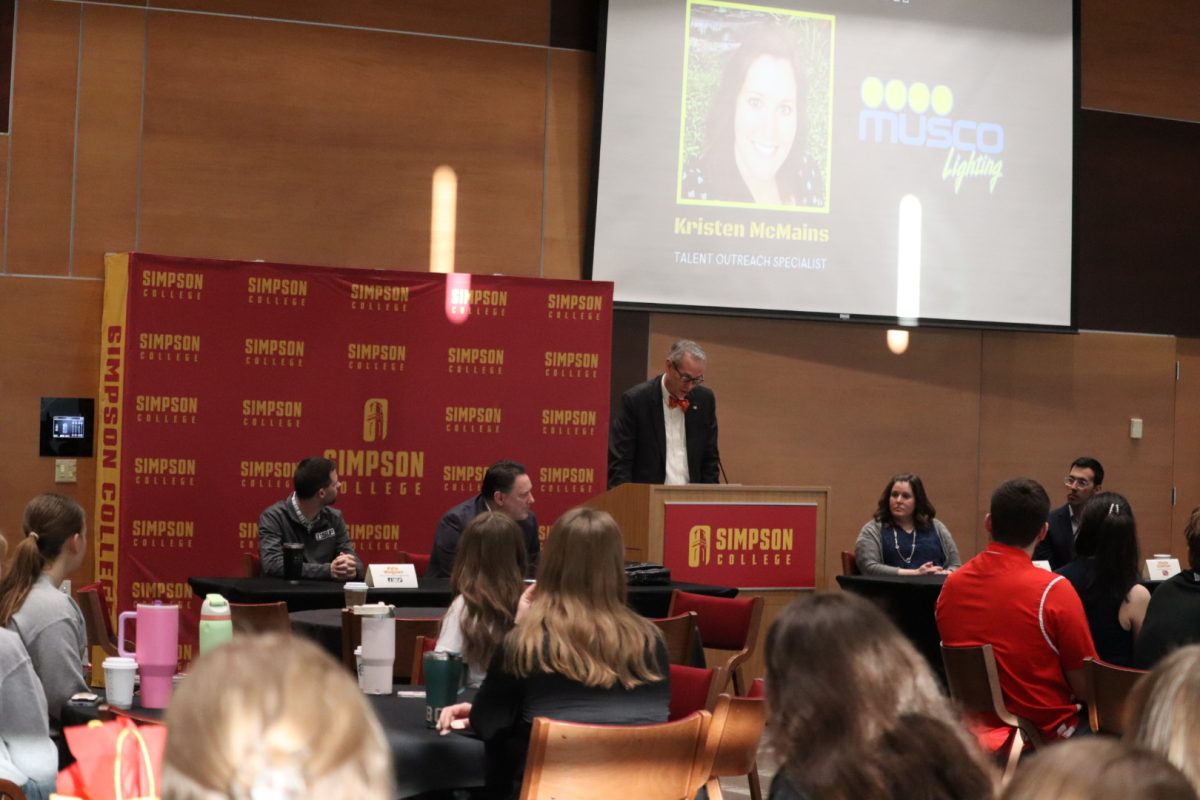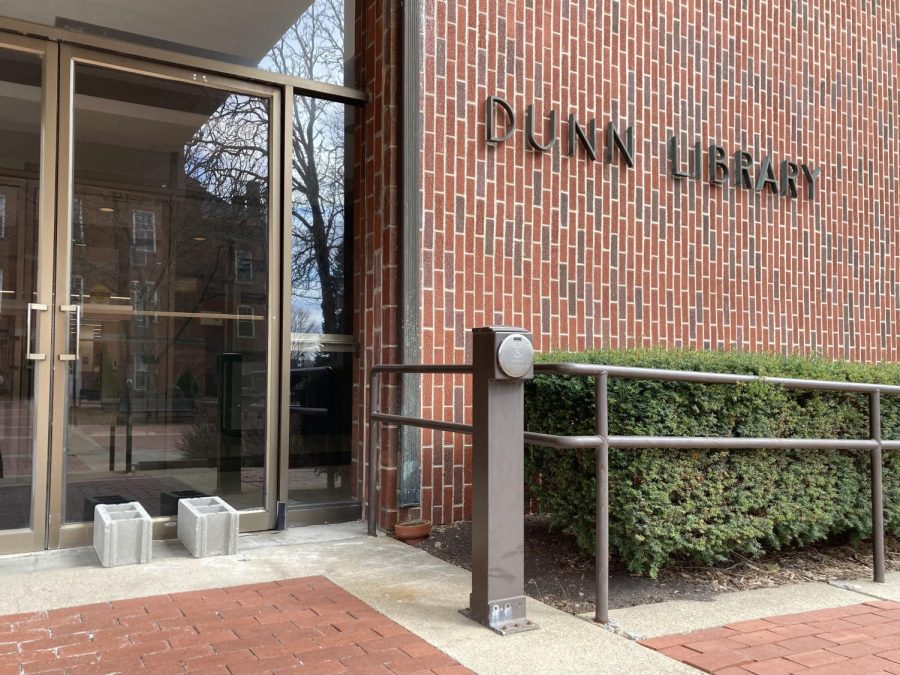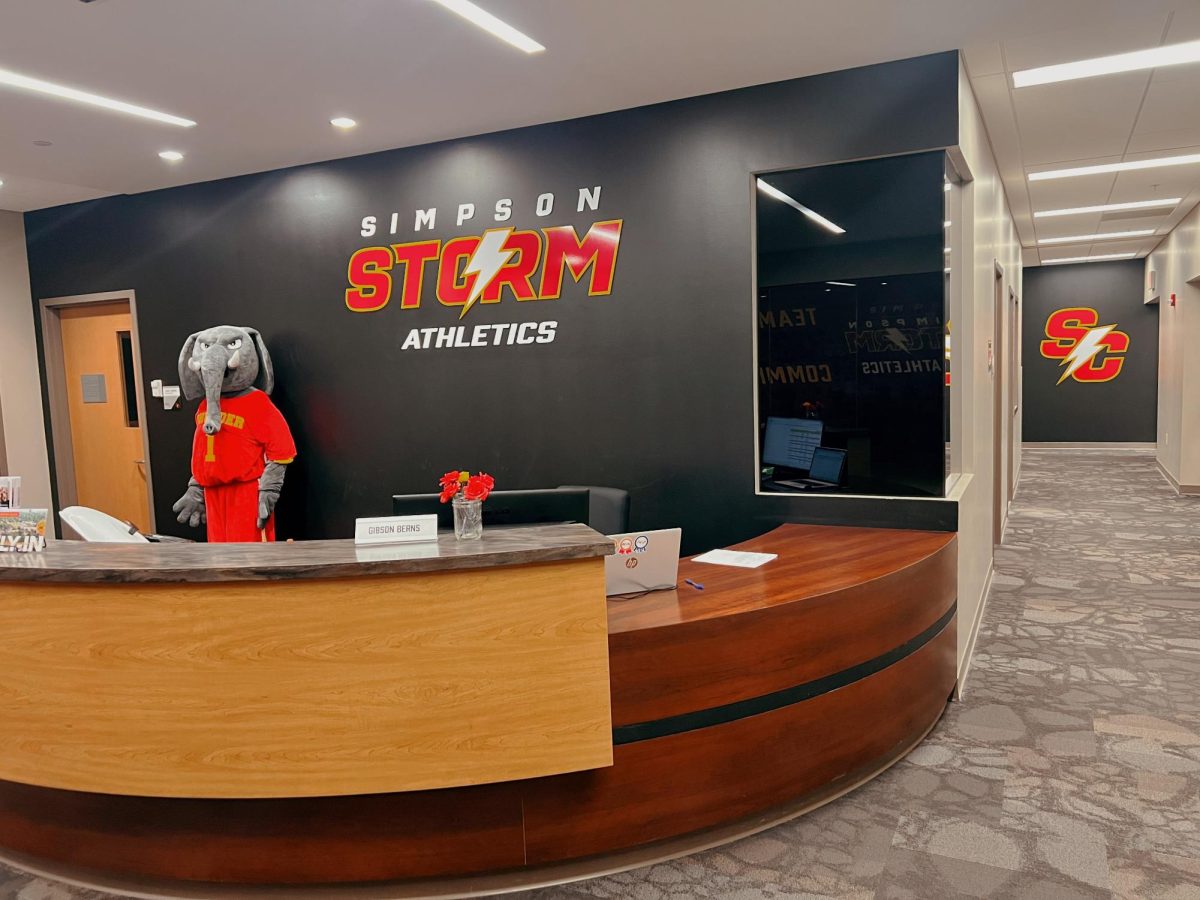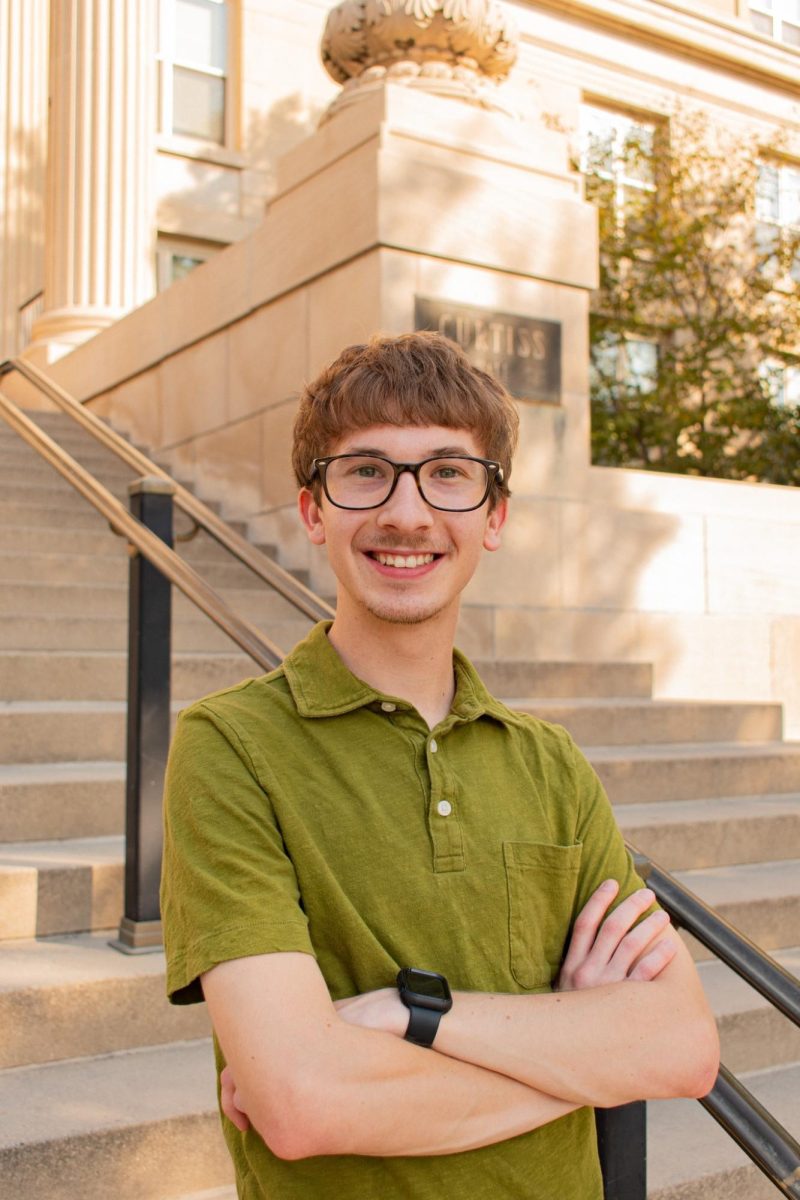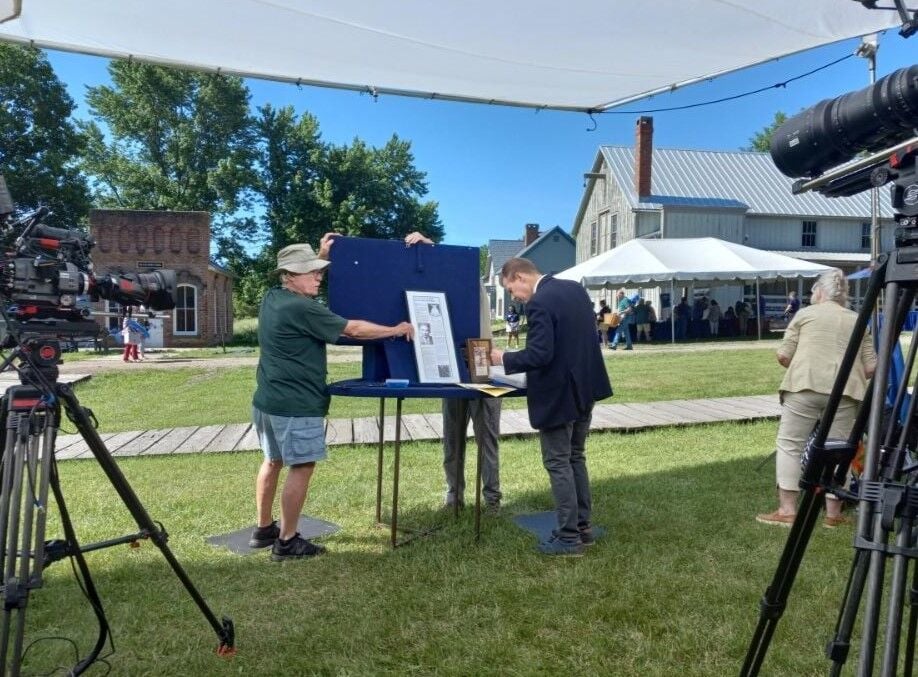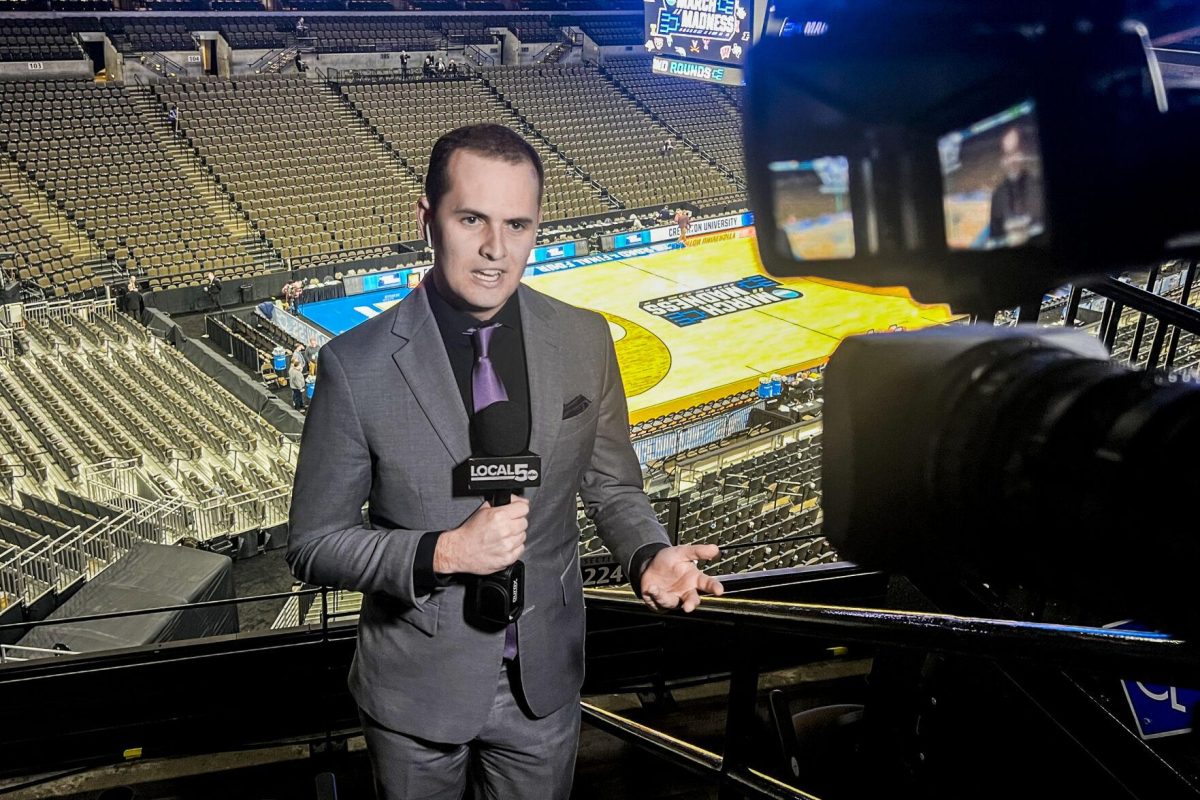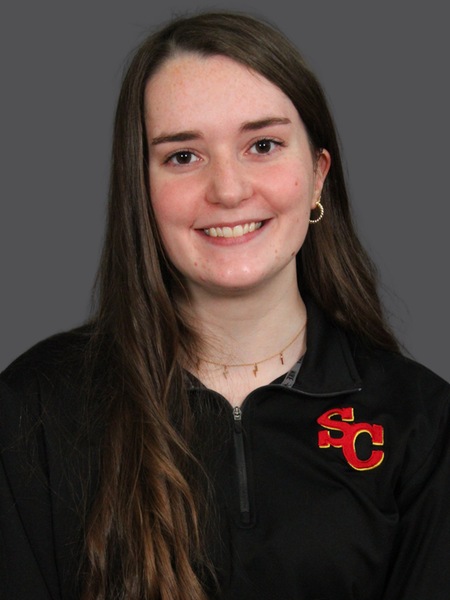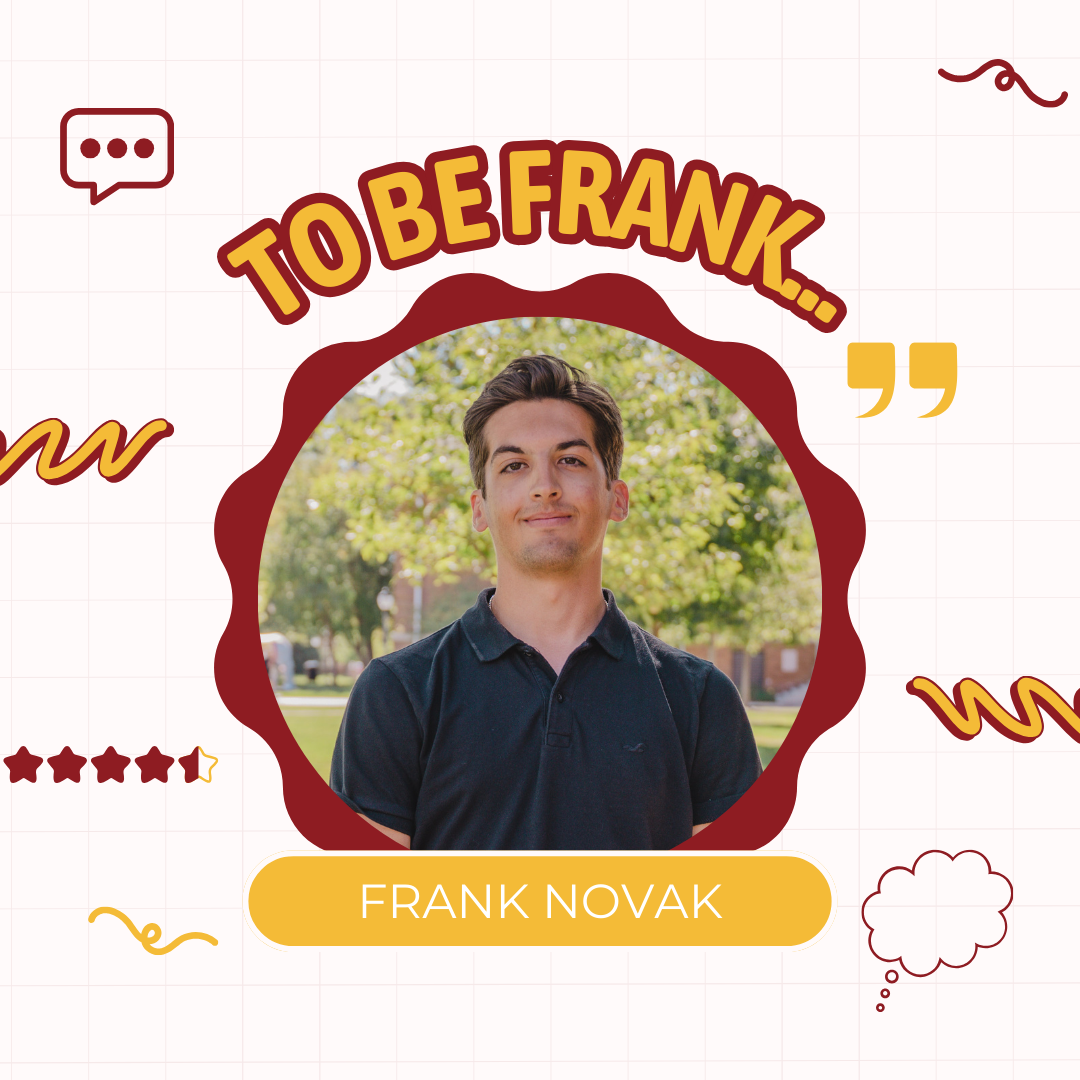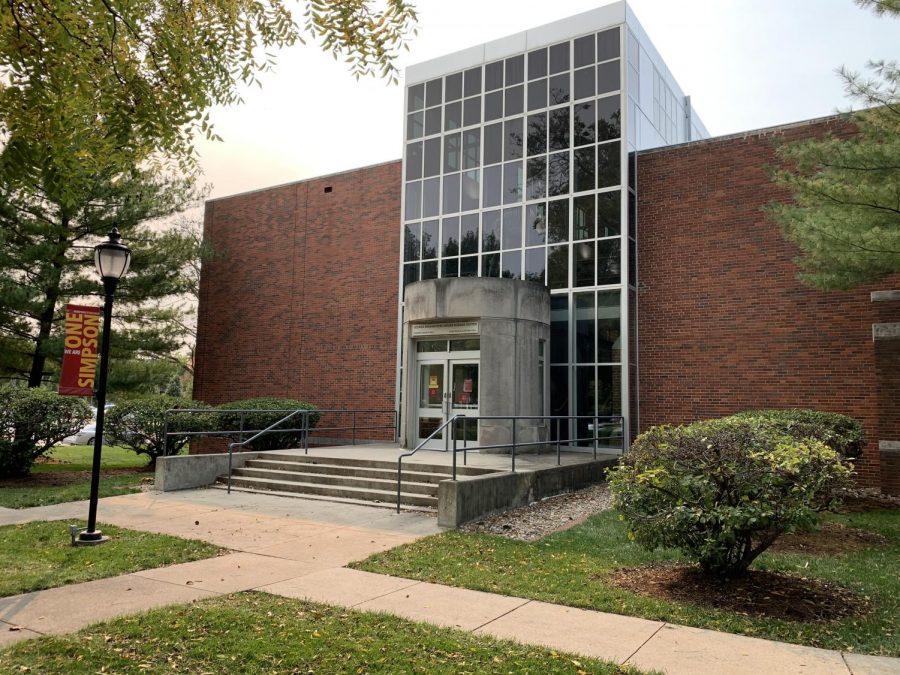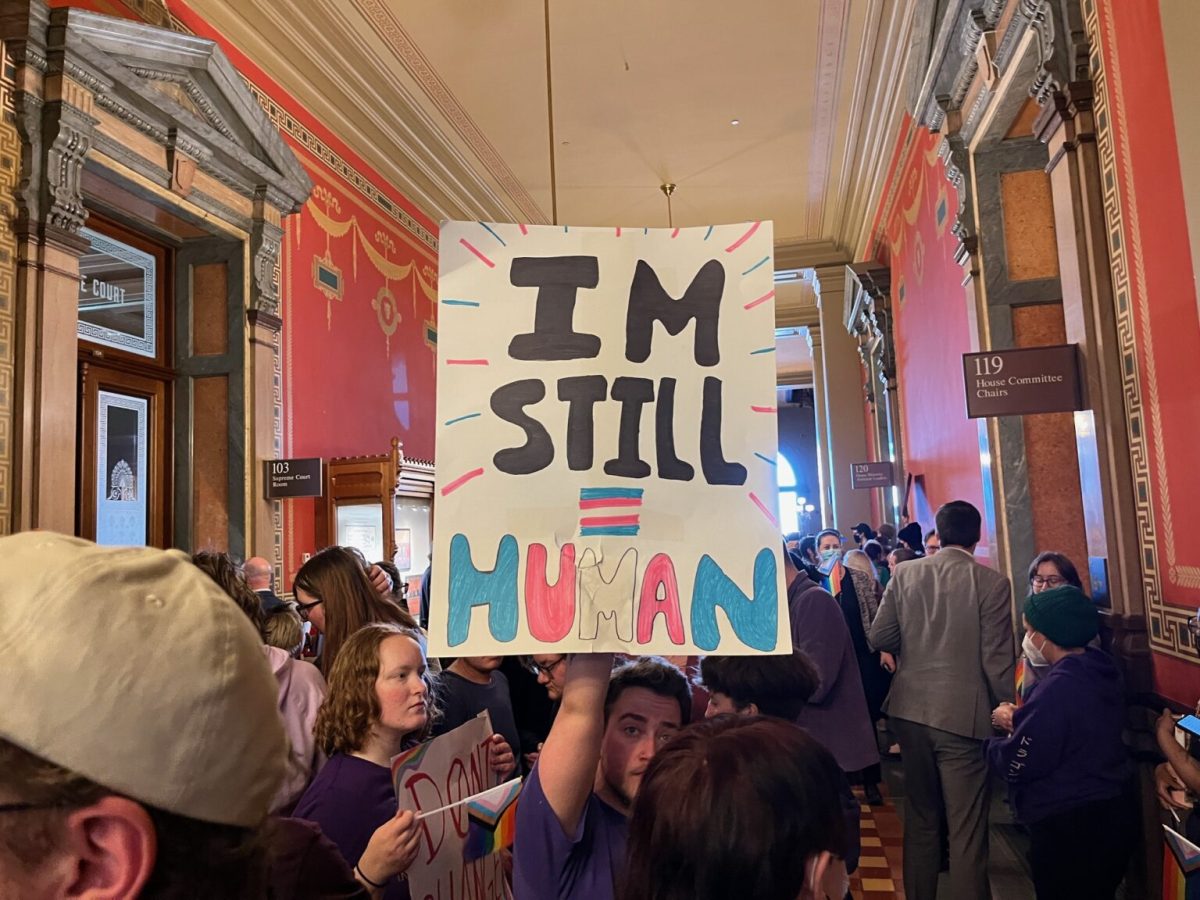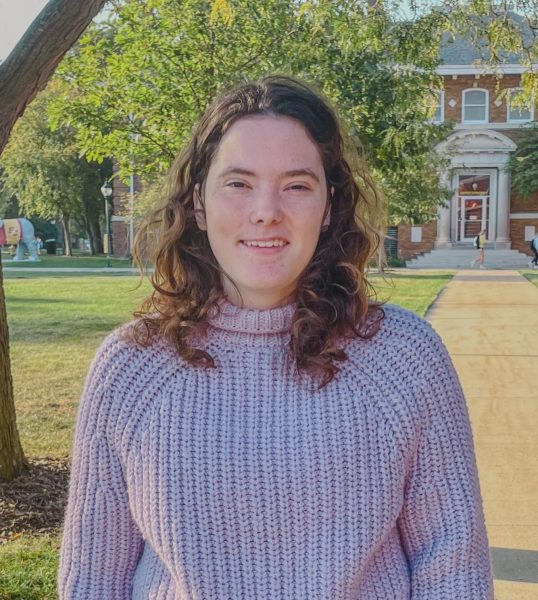Students who share common interests, cultures or experiences may live in what is known as a “theme house”. The students may host events centered around a certain topic to educate and engage the campus community about something they may otherwise not know.
Heather Emery-Cunningham, associate director of residence life who manages the theme houses, said there are four theme houses: the Women and Gender Resource Center (WGRC), the performing arts (PA) house, the Carver Cultural Center, and La Casa Unida, the Latinos Unidos house.
Currently, only the WGRC and PA houses have students in them.
“The houses promote and facilitate programming for the Simpson and Indianola communities’ specific demographic needs,” Emery-Cunningham said.
Besides La Casa Unida, students can apply to live in these houses by completing an application on the Simpson College website listing all the prospective residents by March 1.
Applicants must describe the events they would host and why they want to live in the house. They also must have an appointment with Emery-Cunningham and meet the GPA requirement.
Members of the houses choose what events they hold and when.
Wendy Soto, a former resident of the Carver Cultural Center, said they had tabling events, a barbecue and a World Cup watch party in Black Box to educate the community about various cultures.
Teghan Booth, a current member of the WGRC house, said they host a variety of women-centered events. “We do various events around women’s rights and women in general. We have period parties and an upcoming event in March about women authors.”
The performing arts house, filled with students from the theater department, holds a monthly open mic night, The Underground.
Acts at Underground include singing, improvisation games, presentations and the occasional line dance.
The two empty houses—the Carver Cultural Center and La Casa Unida—are empty for different reasons.
“Residence life has a rule that four people have to live at the Carver Center,” Soto said. “Myself and my other roommate wanted to live in an apartment, but the other two still wanted to live in the theme house.”
The students found two more members to join them in the Carver Cultural Center, but it was after the deadline.
Instead, multimedia communications professor Justin Fields currently lives at the Carver House.
Emery-Cunningham said she would not know until April if students would live there again next year but has already spoken with some students about living there.
Unlike the Carver house, La Casa Unida has not had students living there for years because it is not up to the fire code.
“The only way out of the house is down a set of stairs, and it’s covered in a carpet material,” Soto said. “If the stairs caught on fire, people wouldn’t be able to get out.
Emery-Cunningham said she is aware of the issue and concerns with the house, however, there is no current plan to address them.
Current members of theme houses have ideas about the future of theme houses, including more events, more accessibility, increased funding and better promotion of the option to live in them.
But changes seem unlikely.
Emery-Cunningham said she will “talk with upper administration, but it will probably just maintain the status quo.”



